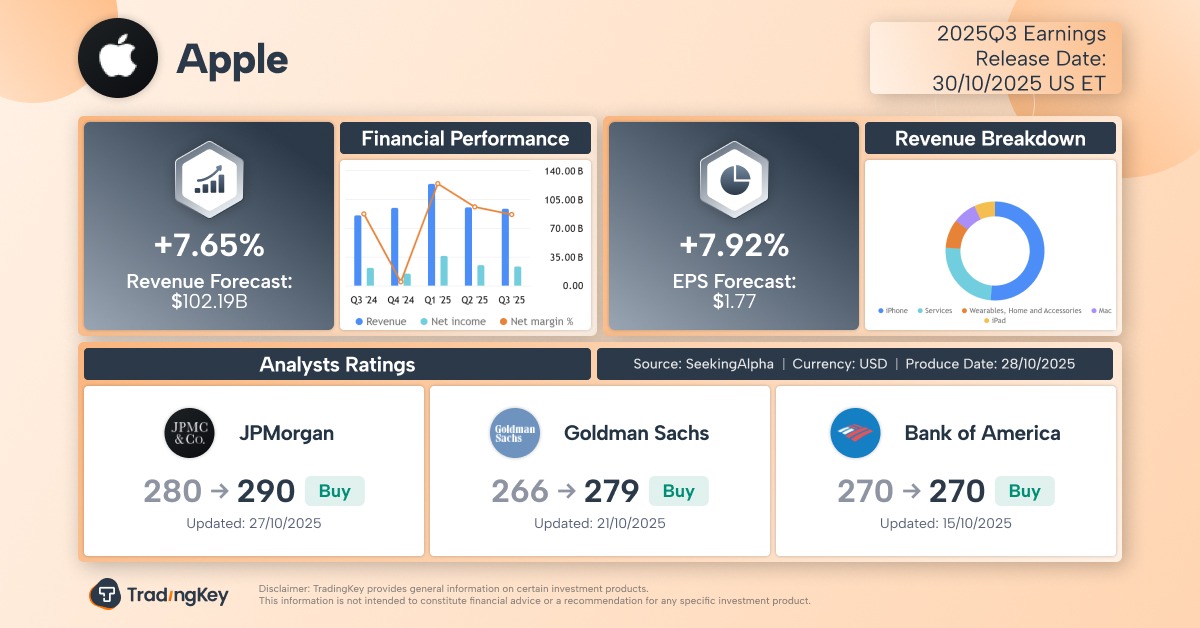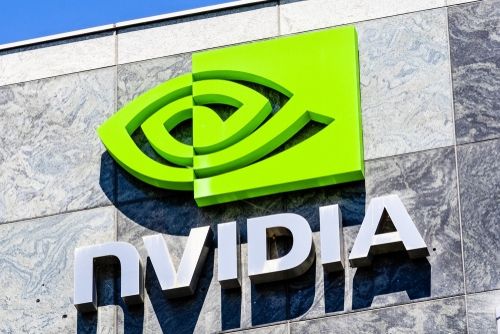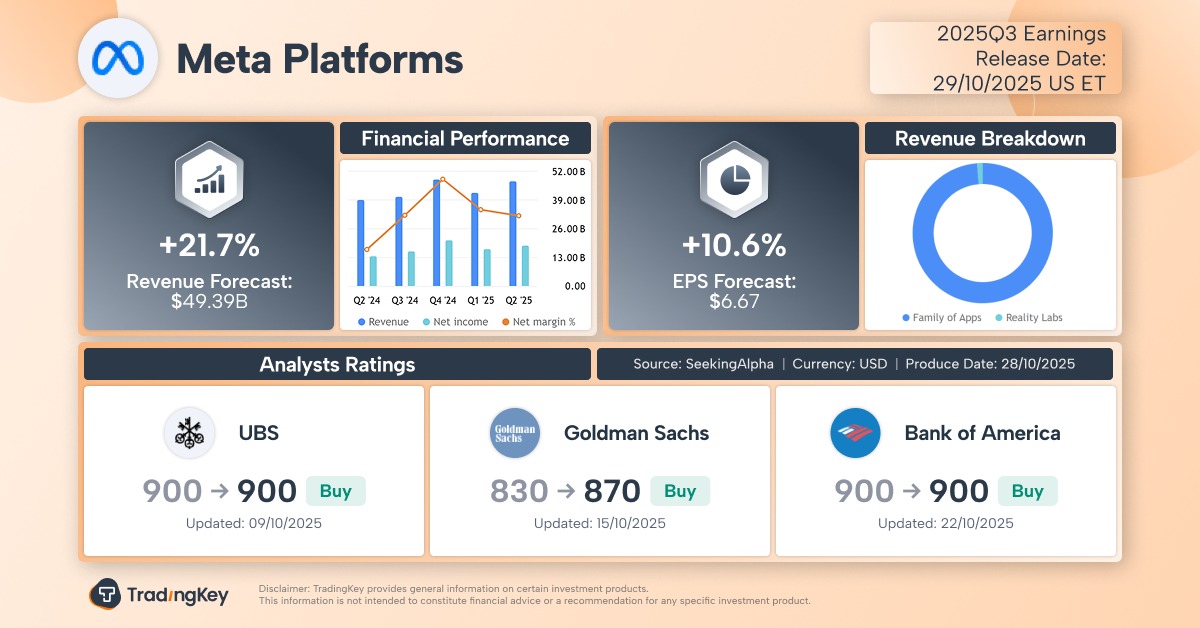Intel Stock Reaches Multi-Year High on AI Excitement and Major Investments – What Lies Ahead?

Intel stock nears 2-year high: Intel Corporation shares trade around $37 on Oct. 20, 2025. The stock has surged approximately 85% year-to-date, reaching levels not seen since 2023. Despite this impressive rally, Intel remains below its 2021 peak.
Major boosts: The surge is driven by significant developments, including a 10% U.S. government stake (~$10 billion via the CHIPS Act) and a $5 billion investment from Nvidia for about a 4% equity share. These substantial backers, combined with speculation of new collaborations, have considerably brightened Intel’s AI prospects.
AI deals and speculation: Investor enthusiasm for AI has fueled Intel’s recent gains. Reports this week suggest that Intel’s foundry unit secured a major AI chip client, speculated to be Microsoft’s Azure cloud service, which modestly lifted shares. Earlier this month, rumors of AMD possibly using Intel as a foundry caused a 4% intraday jump. Additionally, Intel’s stock soared 6% in late September on speculation that Apple might invest in or become a chip customer.
Fundamental concerns: Despite the optimism, Intel's fundamentals remain weak. The company posted Q2 2025 revenue of $12.9 billion, flat year-over-year, with gross margins below 30%. Analysts don’t expect profitability until at least 2026. CEO Lip-Bu Tan’s cost-cutting measures, including reducing the workforce by ~20% and offloading non-core businesses, aim to stabilize the company amid ongoing losses and manufacturing challenges. In 2024, Intel recorded an $18.8 billion loss due to heavy manufacturing investment.
Analysts' mixed views: Wall Street remains divided on Intel. Bank of America downgraded Intel to Underperform, citing rapid stock gains without matching business improvements. The average 12-month price target is about $26, implying a 30% downside from current levels, with a consensus rating of “Hold/Reduce.” Deutsche Bank reiterated its Hold rating with a $30 target, citing potential execution risks. However, some, like Jim Cramer, are optimistic about Intel’s turnaround, praising CEO Tan’s strategic moves and predicting further stock gains.
Intense competition: Intel’s competitors are thriving amid the AI boom. Advanced Micro Devices (AMD) reached an all-time high of around $240 per share after securing major AI chip supply deals, including partnerships with OpenAI and Oracle. AMD has risen about 80% year-to-date and is expected by some analysts to hit $300. Meanwhile, Nvidia dominates the AI market, commanding roughly 90% of the data-center AI processor market and boasting a market cap exceeding $1 trillion. In contrast, Intel’s market capitalization is around $175 billion, highlighting the gap between Intel and its peers.
Upcoming catalysts: Intel’s Q3 earnings report due this week is a significant catalyst. The company anticipates a slight uptick in revenue but a deeper loss for the quarter. Investors will closely watch for signs of financial improvement from new partnerships and cost cuts. Any updates on foundry deals or AI product advancements could influence Intel’s stock direction. Given recent gains, there is little room for disappointment if results or guidance fall short of expectations.
What’s next: The key issue moving forward is whether Intel’s AI-driven resurgence can lead to a sustainable turnaround or if the current stock surge is merely temporary “AI hype.” Optimists argue that Intel’s strategic alliances and restructuring under CEO Tan provide the necessary resources and credibility for innovation. However, skeptics highlight that Intel still faces significant challenges, including executing complex new manufacturing processes, regaining market share from AMD and Nvidia, and improving margins. The U.S. government’s stake adds geopolitical complexities that might affect sales in markets like China. Broader market trends will also impact Intel’s trajectory, as any decline in AI momentum or tech sentiment could create turbulence for the company.
Bottom line: Intel's stock has achieved a remarkable rally in 2025, fueled by AI optimism and substantial investments. With shares near multi-year highs, the challenge ahead is to convert this hype into tangible results. Upcoming earnings reports and industry updates will be critical in determining whether Intel can sustain its comeback or if the rally will lose steam.







